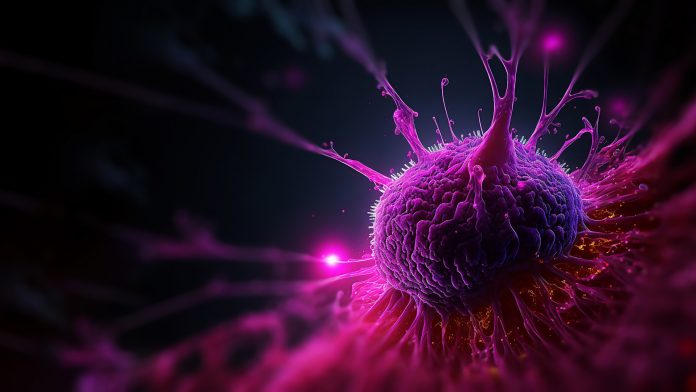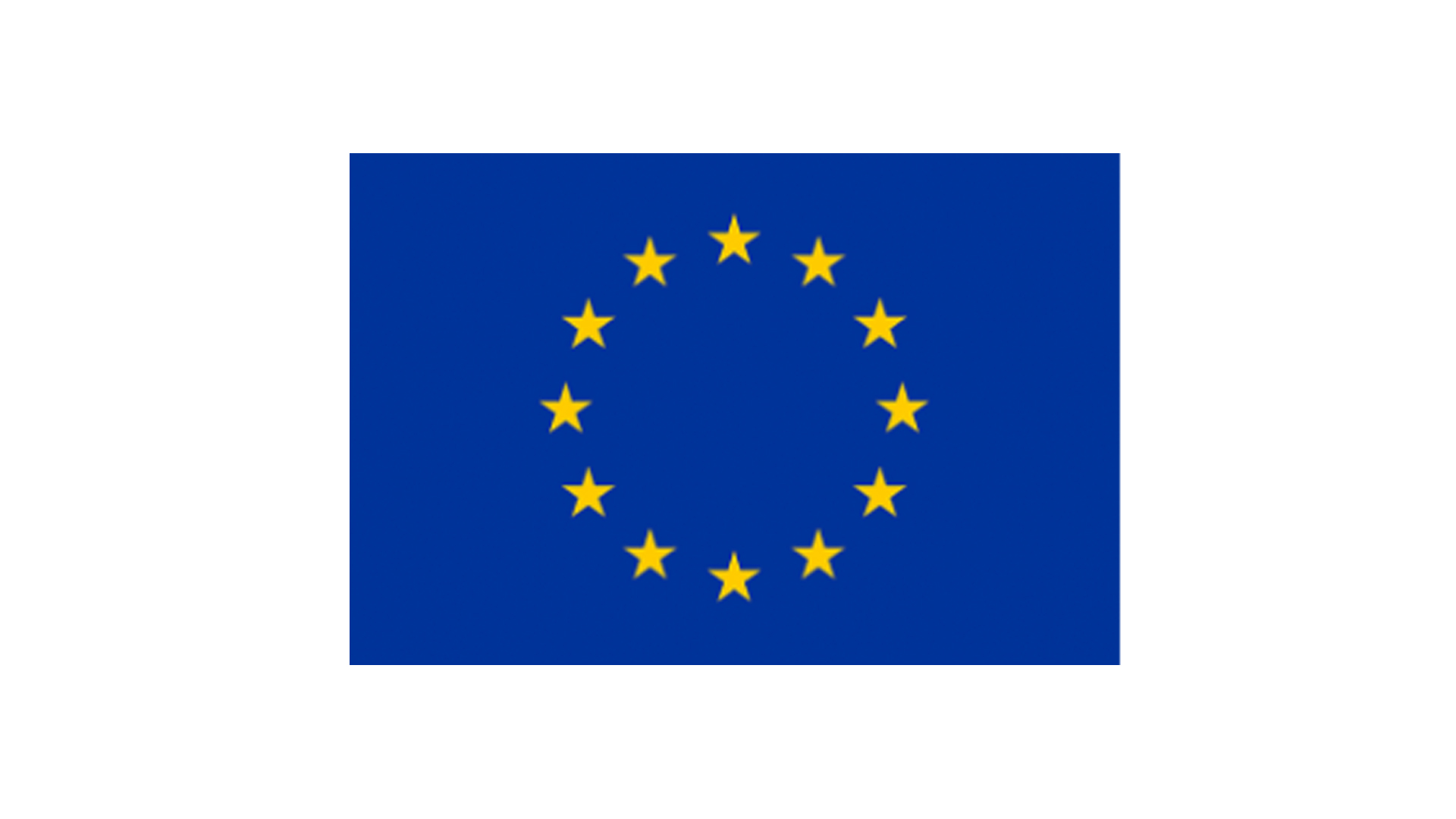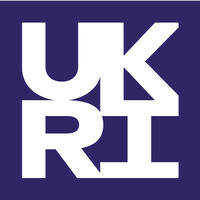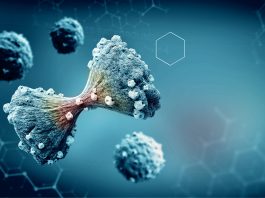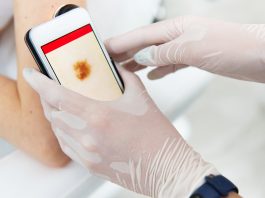CutCancer Project aims to facilitate preclinical cancer research and find new approaches to beat cancer using state-of-the-art technologies in 3D cancer modelling.
Understanding cancer is crucial in preventing disease and developing new treatment approaches. The global burden of cancer has been steadily increasing throughout the last decades, regardless of age, gender, or social status, placing an enormous burden on health systems, patients, families, and society at large.
At present, cancer as a collective disease is responsible for approximately one in six deaths worldwide. The number of new cancer cases per year is expected to rise further, from around 19 million (2020) to more than 29 million by 2040. In the European Union, 2.7 million people were diagnosed with cancer in 2020, and another 1.3 million people died from cancer, including more than 2,000 young people.
Europe accounts for 22.8% of global cancer diagnoses and 19.6% of cancer deaths. Therefore, Europe has recognised cancer as one of the five major challenges our world is facing, and the European Commission included Beating Cancer as one of its five missions.
The Mission on Cancer, with Europe’s Beating Cancer Plan, aims to improve lives by preventing, treating, extending life expectancy, and improving the quality of life of those affected by cancer.
In addition, one of the goals of Europe’s Beating Cancer Plan is to tackle the entire cancer disease pathway. Therefore, there is an urgent need to develop more efficient prevention measures and therapeutic approaches based on state-of-the-art research advances and innovative technologies, enabling personalised medicine tailored to individual patients.
By better understanding cancer initiation and progression, we can reduce or eliminate environmental risk factors and improve cancer care through evidence-based practices to advance diagnosis, treatment, and survivorship. The better we understand the biological processes, risk factors, and health determinants that drive cancer, the more effectively we can prevent, diagnose, and treat the disease.
Progressive environmental pollution, the widespread use of various potentially harmful chemicals and nanomaterials, and modern diets and lifestyles represent potential sources of exposure to environmental and occupational toxicants that may cause adverse health effects and increase cancer risk.
It is increasingly recognised that environmental factors play a significant role in sporadic cancers, and it is claimed that 30 – 50% of all cancers could be prevented by eliminating or reducing environmental risk factors.
Therefore, it is of the utmost importance to understand and identify unknown risk factors and investigate the carcinogenic potential of emerging chemicals and nanomaterials – including the ≈98% of chemicals already in use whose carcinogenic potential has not yet been assessed.
Why do we need advanced tumour models?
Genomic instability and the tumour microenvironment (TME) are crucial factors in both cancer initiation and progression. Current in vitro and in vivo approaches in carcinogenicity research and human health risk assessment have several disadvantages. They are often unable to accurately assess cancer initiation, causation, and the carcinogenic potential of external factors.
This is because data from in vivo rodent models have questionable validity for humans and conventional in vitro approaches are strikingly imprecise, with up to 80% of results being misleading.
Strong mechanistic data from in vitro studies of cancer causation are increasingly recognised as particularly valuable in this respect, and novel in vitro 3D cell model systems, with improved validity, accuracy, and predictability, are thus becoming the focus of research in this area. Advanced in vitro 3D model systems are also becoming the basis of cancer therapy research, utilising new state-of-the-art methodologies. This enables the generation of more reliable and predictive in vitro data on cancer initiation, progression, and resistance to therapy.
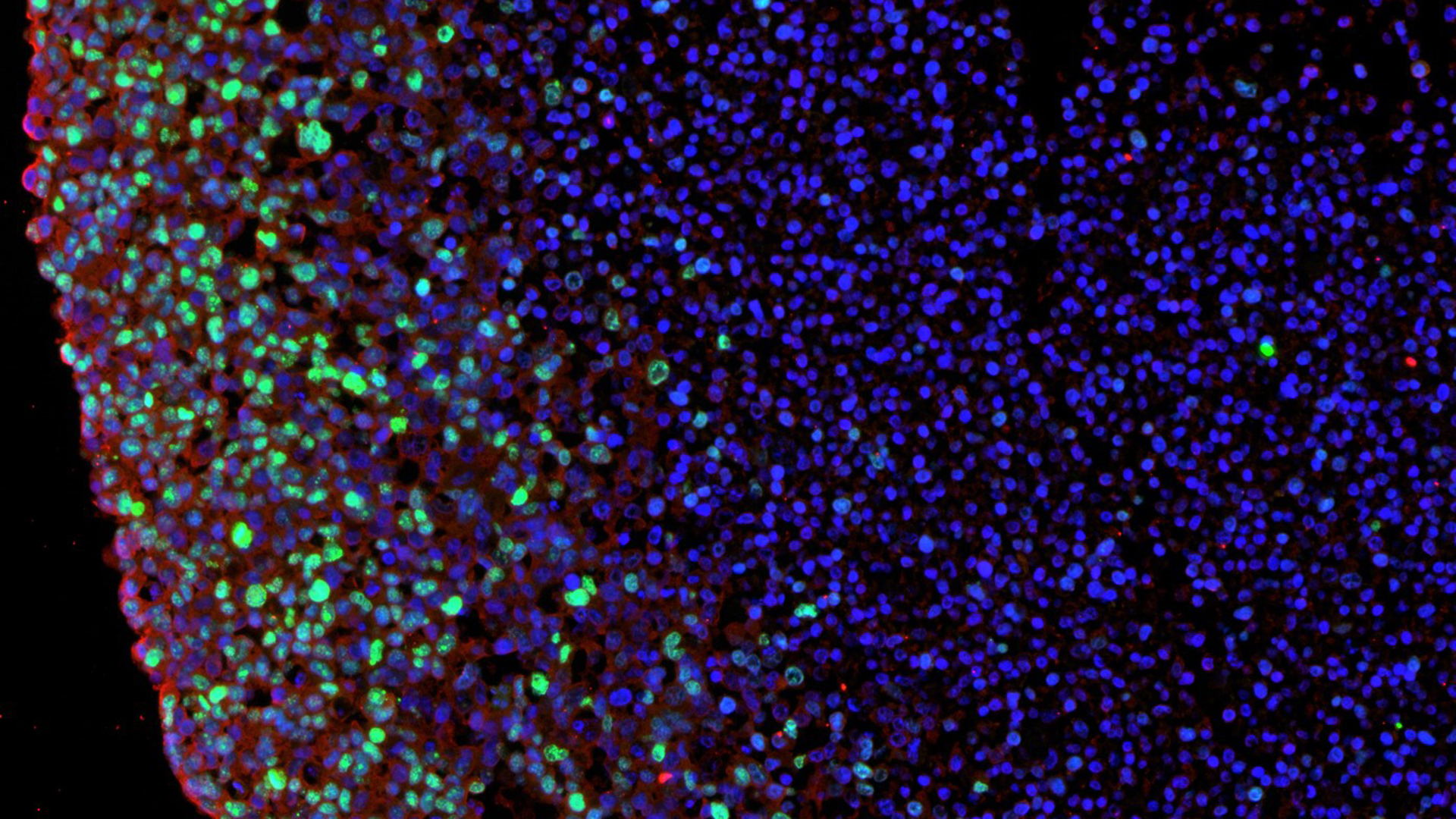
Carcinogenesis is a remarkably heterogeneous, dynamic, and complex process. Holistic approaches that can analyse the complex cellular and molecular interactions during cancer initiation and progression, are crucial for the establishment of new prevention strategies and personalised anticancer treatments.
Knowledge of the molecular basis of TME is still very limited, yet they are crucial for understanding cancer progression. Consequently, they are also essential for developing new prevention strategies, therapy approaches, and tackling resistance to anticancer therapy.
Recently developed cancer therapies, including immunotherapy for solid tumours, have produced outcome failure-rates of approximately 90%. The translation of promising drug candidates and therapeutic approaches from the research to the bedside appears to be failing, almost certainly due to the inadequate use of model systems in cancer research.
Recent cancer research has focused on the need to understand the complex and dynamic TME using novel in vitro 3D models and new techniques in single-cell proteomics and spatial transcriptomics that enable the visualisation of tumour cellular and molecular composition as well as interactions in real-time, also in response to therapeutics or dosing strategies.
Applications towards designing in vitro, ex vivo and in vivo systems to reproduce the complexity of cancer and patient-specific tumours, including co-culture tumouroids, organoids and a wide variety of mouse models, are increasingly investigated.
Establishing cancer models is not trivial and requires specific state-of-the-art knowledge and methodology. All these approaches allow the study of specific patient groups or the individual patient.
CutCancer: Twinning for excellence to strategically advance carcinogenesis and cancer research
The EU project – CutCancer – aims at improving the scientific excellence and innovation capacity in the field of 3D in vitro cancer research in Slovenia, through access to state-of the-art technologies, by twinning with three outstanding research institutions: Swansea University in the United Kingdom, Stockholm University in Sweden, and VU Medical Center Amsterdam in the Netherlands.
Specifically, the project aims to enhance the scientific dialogue and establish international, long-term, strategic partnerships and networks of excellence within and beyond the consortium, in the field of cancer initiation and therapy resistance applying novel in vitro 3D cell models and innovative analysis tools by intertwining two main areas of focus:
1) To assess DNA damage and genomic instability, one of the key hallmarks of cancer, and thus critical factors in cancer development and progression, caused by exogenous factors including chemicals and nanoparticles; and
2) To reproduce the dynamic TME and use novel techniques in spatial biology that allow visualisation of tumour cellular composition and cellular and molecular interactions in response to therapeutics.
Cancer prevention, early diagnosis, accurate prognosis, and prevention of resistance to therapy are of substantial importance in the battle against cancer, both at the individual level and for society as a whole.
This project has received funding from the European Union’s Horizon Europe Research and Innovation Program under Grant Agreement No 101079113 and the UK Research and Innovation (UKRI) under the UK government’s Horizon Europe funding guarantee under Grant No 10050740.
Please note, this article will also appear in the sixteenth edition of our quarterly publication.

